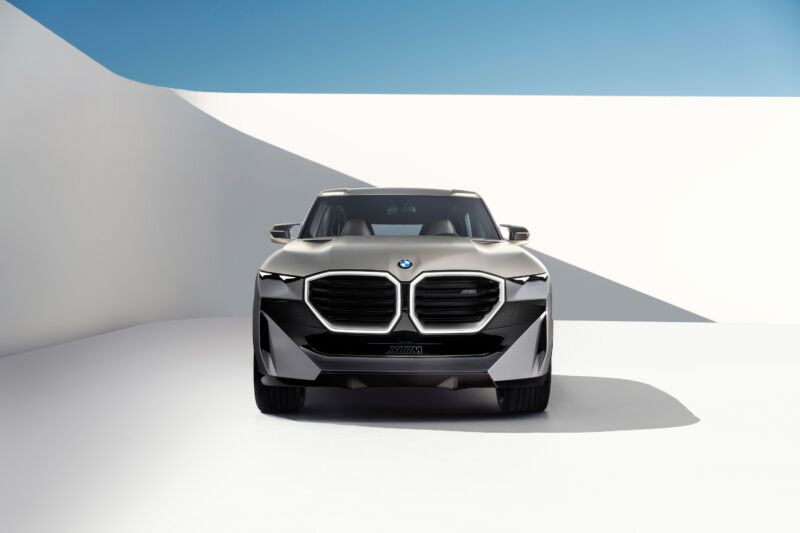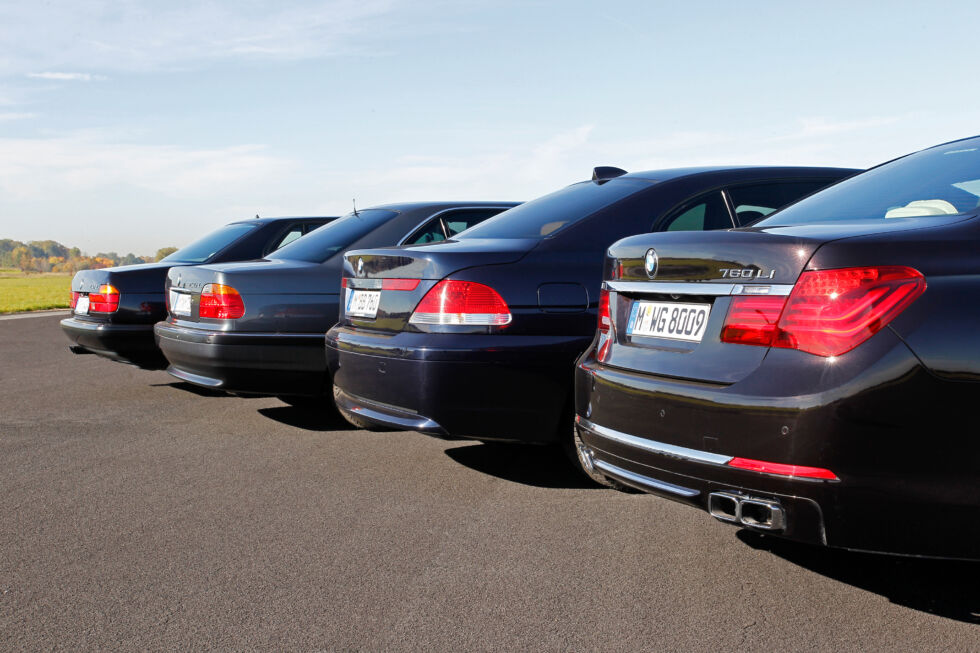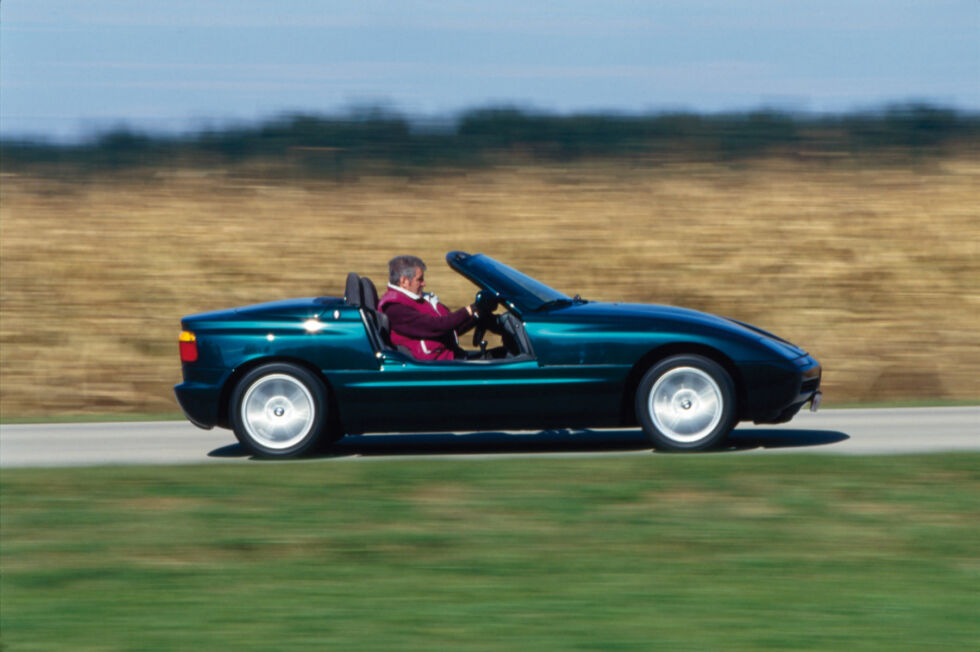
If Oscar Wilde was right that the only thing worse than being talked about is not being talked about, you have to hand it to BMW's styling. Over the years, the company's design department in Munich has probably generated enough column inches to stretch from here to the moon, as it has challenged conventional tastes time and again with its concepts and production cars.
These days, the fuss often concerns each new interpretation of BMW's iconic kidney grilles, and we've seen a few: the self-healing polymer of the iX, the wide chrome bling of the X7, and the gaping void of the M3. Before that, it was the so-called "Bangle butt"—the stepped tail at the back of the fourth-generation 7 Series named for then-head designer Chris Bangle. When the model was launched in 2001 (and for years afterward), BMW fans would recoil just at its mention; today, it has become normalized and acceptable.

But the brand's willingness to embrace left-field ideas predates this century—how else to explain the 1989 Z1 roadster, with its removable plastic body panels and doors that dropped down into their sills?
The company's willingness to take risks with the way its cars look makes a certain commercial sense when you consider BMW's two greatest rivals, Mercedes-Benz and Audi. The former has settled on an elegant, streamlined design language, and the latter goes for a more angular, anodyne take on Teutonic luxury. With these positions staked out, doing something different sometimes means letting one's freak flag fly.
"What I can say is that we're gonna continue on this path of a very, very clean design language," Adrian van Hooydonk, who has been in charge of BMW Group's designs since 2009, told Ars. "Very few lines, but those lines that we have are very precise—we like crisp lines, we don't like flat surfaces."

That doesn't mean BMWs will all look the same, though. "What we are going to offer is more variety in the character of the vehicle," van Hooydonk explained. "So it's not going to be one language appliance over all vehicles. Our lineup is quite large right now—almost 20 vehicles. So we feel that we need to cater these vehicles in character to specific customers because there's always different competitors in each segment."
"What we also notice is that, perhaps accelerated through the pandemic, when people want a new car now, they make a very conscious decision more and more [to buy] an electric car. But not just an electric car—they want to be part of the future. They flick the switch; they want to be part of a new type of mobility. And that's what we're trying to deliver," he said.
I'm a fan of the way that BMW's designers keep pushing the envelope, like in the GINA concept of 2008, which was skinned in flexible, stretchy polyurethane-coated elastane instead of conventional bodywork. "That was the first idea of a car that could transform in certain ways," van Hooydonk told Ars.
You must login or create an account to comment.